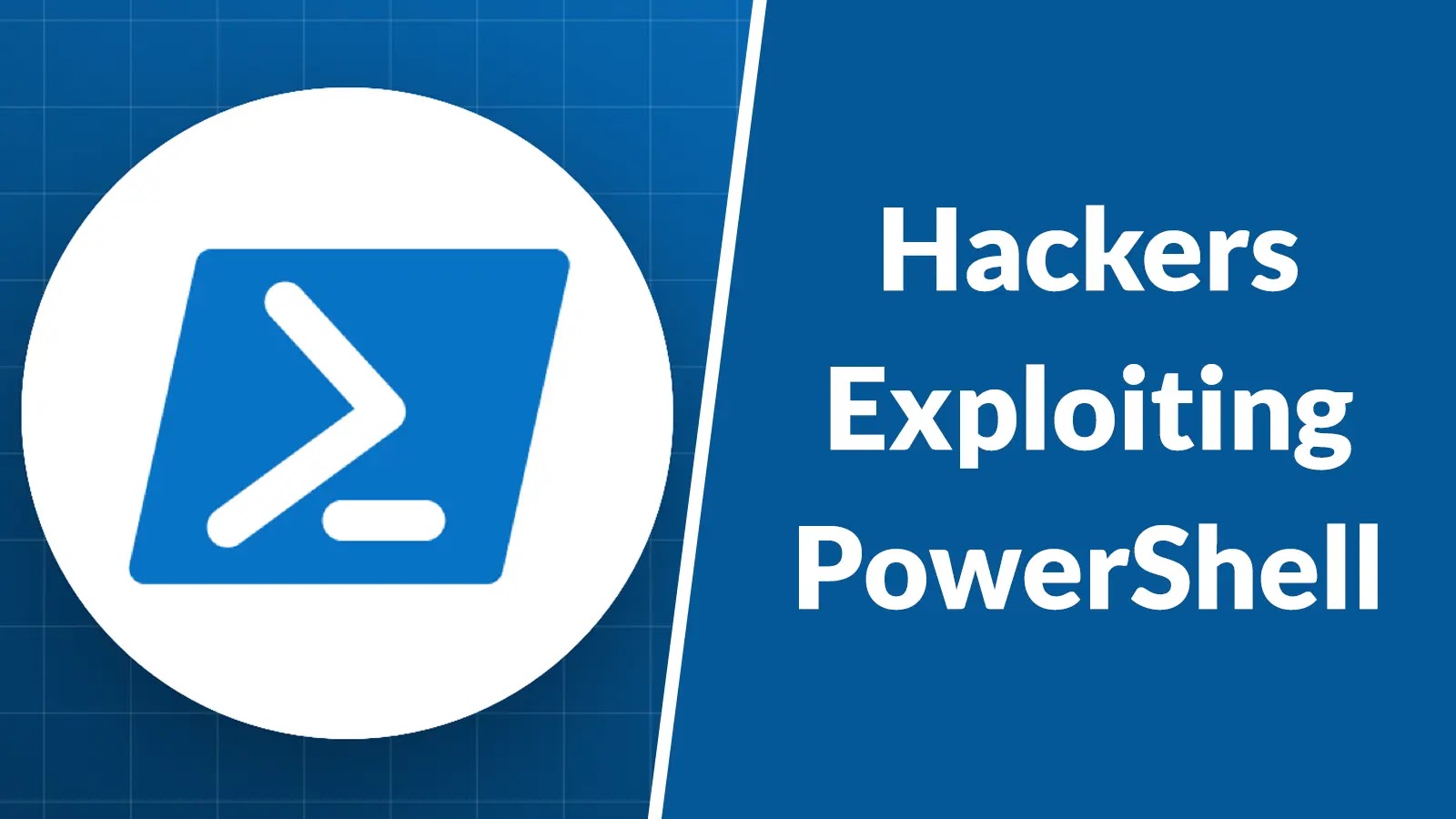In the ever-evolving landscape of cybersecurity, Security Operations Centers (SOCs) are inundated with a deluge of alerts, many of which are false positives. This overwhelming volume can obscure genuine threats, leading to critical incidents being overlooked. Chief Information Security Officers (CISOs) are recognizing that merely adding more tools isn’t the solution. Instead, empowering analysts with real-time visibility and efficient processes is paramount to identifying and mitigating real attacks promptly.
Implementing Live, Interactive Threat Analysis
Traditional static scans and delayed reporting mechanisms are insufficient against sophisticated, evasive malware. Interactive sandboxes, such as ANY.RUN, offer a dynamic environment where analysts can safely execute and interact with suspicious files, URLs, and QR codes in real-time. This approach provides several advantages:
– Real-Time Interaction: Analysts can engage with potential threats by clicking links, opening files, and simulating user actions, thereby triggering concealed payloads that conventional scanners might miss.
– Comprehensive Visibility: Immediate access to execution flows, dropped files, network connections, and associated Tactics, Techniques, and Procedures (TTPs) enables a holistic understanding of the threat landscape.
– Swift Indicator of Compromise (IOC) Extraction: Rapid identification and extraction of IOCs facilitate quicker responses, allowing teams to preemptively block similar threats before they proliferate.
For instance, a phishing attack utilizing a malicious QR code was analyzed within ANY.RUN’s interactive sandbox in under a minute. Analysts observed the entire attack sequence, collected IOCs, and mapped behaviors to the MITRE ATT&CK framework, all within the sandbox environment. This efficiency transformed a process that traditionally took hours into a matter of minutes, conserving resources and enhancing the team’s ability to thwart subsequent attacks.
Automating Triage to Expedite Response and Alleviate Workload
Automation is revolutionizing modern SOCs by eliminating time-consuming, repetitive tasks that impede team performance. By automating the triage process, SOCs can achieve:
– Accelerated Investigations: Automated workflows reduce the interval between alert detection and response initiation.
– Minimized Human Error: Consistent handling of routine tasks by machines ensures that critical steps aren’t overlooked.
– Empowerment of Junior Analysts: With automation managing complex processes, less experienced team members can contribute effectively without constant supervision.
– Enhanced Focus for Senior Specialists: Freed from mundane tasks, seasoned analysts can concentrate on advanced threats, proactive threat hunting, and refining detection rules.
– Overall SOC Efficiency: Reduced fatigue, improved accuracy, and faster Mean Time to Respond (MTTR) collectively bolster the SOC’s performance.
Consider the earlier example of the QR code phishing attack. Typically, an analyst would need to manually scan the QR code, navigate to the embedded link, bypass a CAPTCHA, and attempt to trigger the hidden payload—a process prone to errors and delays. With automation, the sandbox autonomously executed these steps, unveiling the malicious process within seconds. This not only conserved time and resources but also ensured a more reliable analysis.
Integrating AI and Machine Learning for Enhanced Threat Detection
Artificial Intelligence (AI) and Machine Learning (ML) are pivotal in refining threat detection and reducing alert fatigue. By analyzing vast datasets, these technologies can identify patterns indicative of genuine threats, thereby filtering out false positives. For example, AI-driven SOC platforms can autonomously perform alert triage and investigation, using reasoning to filter out noise and prioritize critical threats. This allows security teams to focus on genuine risks instead of being buried in noise. ([dropzone.ai](https://www.dropzone.ai/blog/ai-soc-analysts-alert-fatigue?utm_source=openai))
Prioritizing Alerts Through Risk Scoring
Implementing a risk-based approach to alert management ensures that resources are allocated effectively. By assigning risk scores to alerts based on potential impact and likelihood, SOCs can:
– Focus on High-Priority Threats: Addressing alerts with higher risk scores first ensures that the most significant threats are mitigated promptly.
– Reduce Alert Noise: Regularly adjusting detection rules and thresholds minimizes false positives, allowing analysts to concentrate on genuine threats.
– Enhance Threat Intelligence Integration: Incorporating high-quality threat intelligence feeds adds context and relevance to alerts, enriching them with additional data such as threat indicators and historical context. ([itsecurityguru.org](https://www.itsecurityguru.org/2024/06/11/strategies-to-manage-and-reduce-alert-fatigue-in-socs/?utm_source=openai))
Fostering a Collaborative and Supportive SOC Culture
Beyond technological solutions, cultivating a positive work environment is crucial in combating alert fatigue and burnout. CISOs can implement strategies such as:
– Promoting Open Communication: Encouraging discussions about stress and workload helps identify issues early and fosters a supportive atmosphere.
– Recognizing and Rewarding Achievements: Acknowledging the hard work and successes of SOC analysts reinforces a sense of purpose and accomplishment.
– Providing Continuous Training: Regular training sessions keep the team updated on the latest threat trends and detection techniques, ensuring they are well-equipped to handle evolving challenges. ([gbhackers.com](https://gbhackers.com/soc-burnout/amp/?utm_source=openai))
Conclusion
The challenges faced by SOCs in managing alert fatigue and identifying genuine threats are multifaceted. By leveraging interactive threat analysis tools, automating routine processes, integrating AI and ML technologies, prioritizing alerts through risk scoring, and fostering a supportive work culture, CISOs can transform their SOCs into efficient, resilient units capable of effectively mitigating real incidents.



